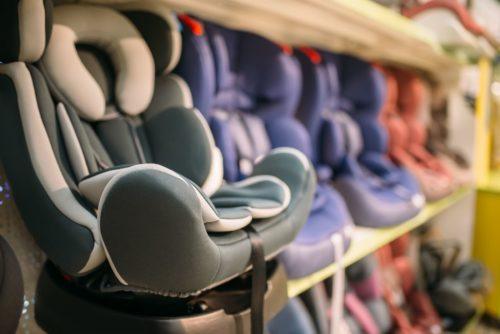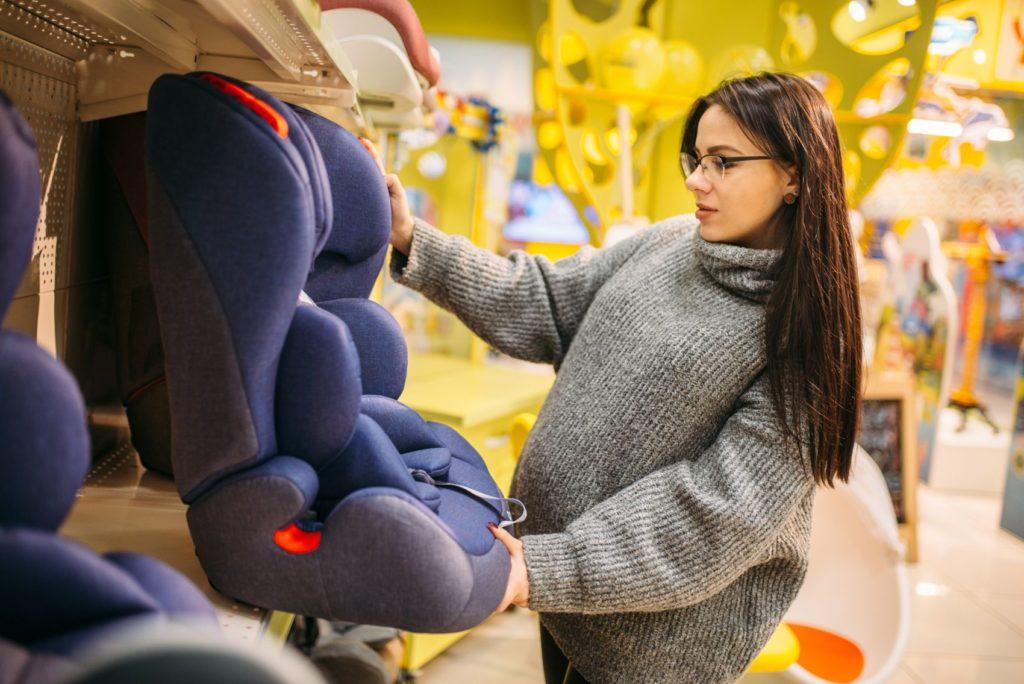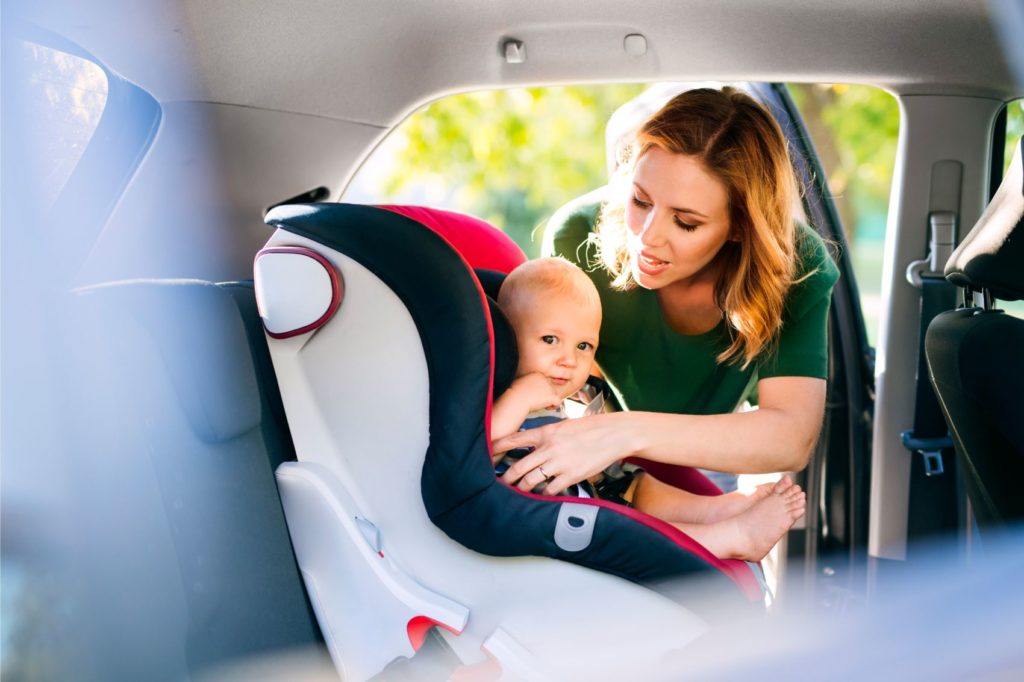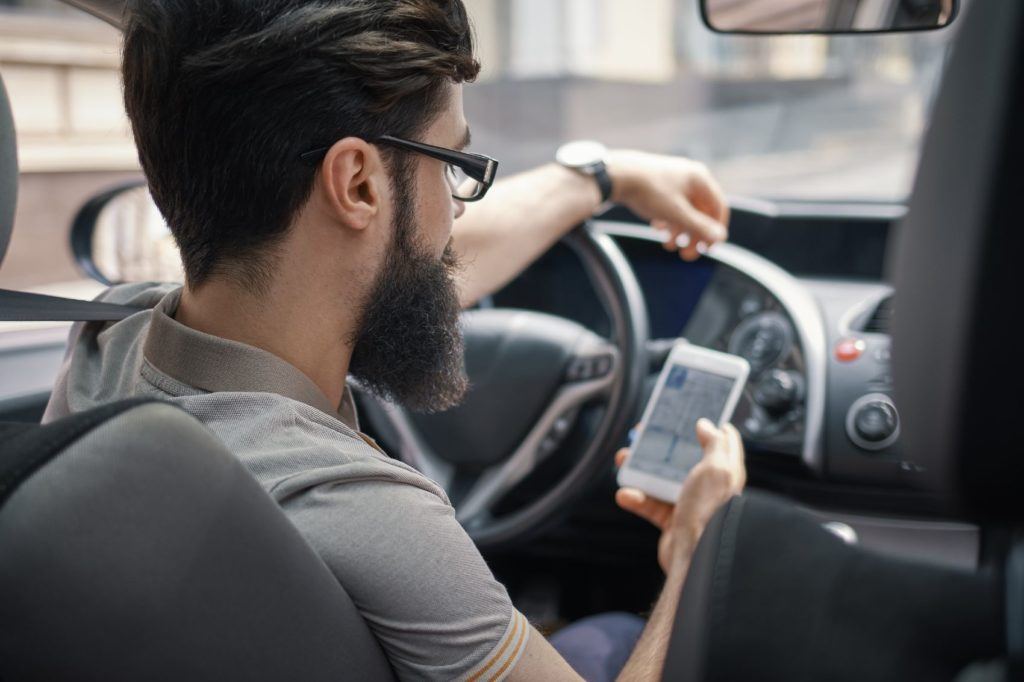- A study from Volvo finds parents are increasingly worried about safety.
- Many believe shopping for the best car seat is stressful and frustrating.
- Parents are also worried about sharing the road with distracted drivers.
According to data from the National Highway Traffic Safety Administration (NHTSA) and the National Safety Council, there are 100 deaths daily on American roadways. Both say motor vehicle deaths declined slightly in 2018 and crashes for the first half of 2019 are down as well. Yet many Americans still feel a certain level of anxiety about driving, especially with their children. A recent Harris Poll on behalf of Volvo Car USA finds over 90 percent of parents feel overloaded when researching child safety products.
The study’s full results are published in Shifting Gears: How Becoming A Parent Changes Driving Forever (PDF).
“Nothing is more important to parents than their children’s safety and despite the overwhelming options available, it’s clear they are looking for more guidance and direction to ensure they are making the right choices,” said Jim Nichols, Product, Technology & Brand Communications Senior Manager for Volvo Car USA.
What Are Parents Concerned About?

According to Volvo’s study, 92 percent find it daunting to research the plethora of car seats on the market, a number that rises to 97 percent among new parents. 65 percent said the vast amount of information available actually creates stress rather than alleviates it. Nearly 60 percent found the topic frustrating to research.
“We have heard from new parents that they often felt overwhelmed with the information at hand when their first child is born,” Nichols continued. “With this information overload, many parents do not properly install car seats in their vehicles.”
“Proper installation of a child safety seat is critical to protect your child from injury or death,” said Sheri Miller, Statewide Child Passenger Safety Coordinator for the California Highway Patrol. “When installed properly, the car seat works with the vehicle’s occupant protection systems.”
What Can Parents Do?
Parents worry about buying the safest seat, installing it, and then keeping up with product recalls. After the fact, 32 percent wish they picked something different, a number that rises among both new parents (41 percent) and millennial ones (47 percent). More than half say they would welcome the advice of a professional car seat installer if they had access to one.
“The good news is there are many resources available to new parents to assist in installing car seats,” Nichols said. “Most police and fire departments have staff certified to install them in all vehicles.”
The California Highway Patrol allows the public to set appointments with a certified child safety seat technician. During the visit, the department’s technician will inspect the car seat and show parents how to properly install it. The service is free. “They will also look for any recalls and point out any potential problems they observe,” Miller added.
A list of car seat checkups, educational workshops on child safety, and community events can be found through Safe Kids World Wide. Car seat safety technicians are available through the organization as well as safercar.gov.

Car Seat Instillation Tips From The California Highway Patrol
- Check all child restraint systems before every drive.
- Chest clip should be at the level of the child’s armpit.
- The internal harness should rest flat against the child, not be loose or twisted.
- At the belt path, the car seat shouldn’t be able to move back and forth, or side to side, more than one inch.
- The child should ride rear-facing in the back seat until they are at least two or exceed the seat’s height and weight limits for the rear position (usually 36 inches and at least 30 to 35 lbs.).
- The LATCH system (Lower Anchors and Tethers for Children) made after September 2002 was designed to make installation easier without the use of seat belts, but it still isn’t compatible with certain vehicles or seating positions.
- Did you know: car seats have expiration dates.
Dangers of Distraction

Numerous studies and statistics show the dangers of distracted driving, and parents now find themselves exceedingly cautious. With regard to car buying, 81 percent say their criteria for a “safe” vehicle changed dramatically when they became a parent, as did their view of driving on the road with everyone else.
“It’s scary to think how easily we can be distracted while driving,” explained Lauren Witt, a Detroit-based Automotive Product Specialist who works with manufacturers on their consumer ride-and-drive programs. “For many people, a huge part of their day is spent in their car, so naturally they want to be protected and feel safe.”
“I think it is interesting that as cars have become safer over the years, parents feel that the road is now less safe than before,” Nichols added. “Parents should allow themselves to focus on the basics – making sure a child seat is properly installed – then focusing on the road while driving and develop processes that reduce distraction and risk.”

What Is Distracted Driving?
According to a study by NHTSA and the Virginia Tech Transportation Institute, distractions can be visual: something that takes our eyes off the road; cognitive: something that takes our mind off of the road; or manual: something that takes our hands off the wheel. NHTSA data finds approximately nine people are killed and more than 1,000 are injured daily in crashes involving a distracted driver.
“These days people tend to be very attached to their phones and often find it hard to disconnect from them, even when driving,” Witt said. “Hopefully by continually raising awareness of the dangers of distracted driving, and by the advancement of safety features in cars, we can minimize accidents caused by distractions.”
“Driving is a complex task, requiring a motorist’s full attention,” Miller added. “Anything that diverts the driver’s eyes or attention from the roadway, even for one or two seconds, could result in tragedy.”

Making Child Safety Priority #1
Expecting, first-time parents should take advantage of every opportunity to practice safe habits beforehand. “While we focused on the child seat in this report, I think it is important to highlight safety before the child is born,” Nichols said. “We have been working with several partners to teach pregnant women how they must slightly adapt the way they wear a safety belt as their child grows before birth.”
“I think it is important to be conscientious of the example you are setting as a parent in the car,” Witt added. “Hopefully children will follow and grow up to be safer and more aware drivers in the future.”
Go On The Family Plan
Parents with younger drivers are encouraged to sign the National Safety Council’s Family Driving Contract (PDF). A NHTSA survey found 20 percent of those between 18 and 20 believe texting does not affect their driving. The statistics say otherwise. According to the Traffic Safety Facts Research Note on Distracted Driving (PDF), drivers under 20 have the highest proportion of distraction-related fatal crashes.
In our home state of Michigan, teens and young adults accounted for 7.6 percent of all traffic deaths in 2018, with 55.4 percent of those deaths being the driver. Michigan joined a host of other states this year including Illinois, Kentucky, Ohio, and Connecticut in cracking down on distracted driving. The consensus nationally from law enforcement is that it’s simply not worth the risk. Whatever it is, if we are driving, it can wait.
“The more exposure to safe practices the public receives, the better the chances that drivers will remember to ensure their passengers’ safety,” Miller said.
The Automoblog staff covers automotive industry news, trends, and technology along with new vehicle releases. Automoblog is owned and operated by Gearhead Media LLC., based in Detroit, Michigan and Berlin, Germany.
Sources: National Safety Council, NHTSA, Volvo Car USA, LLC,
from Automoblog https://ift.tt/2q8cR9Z
No comments:
Post a Comment